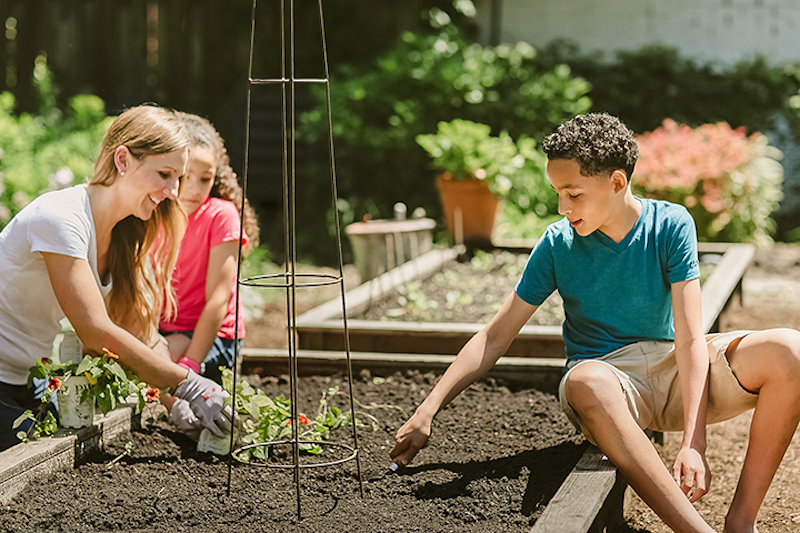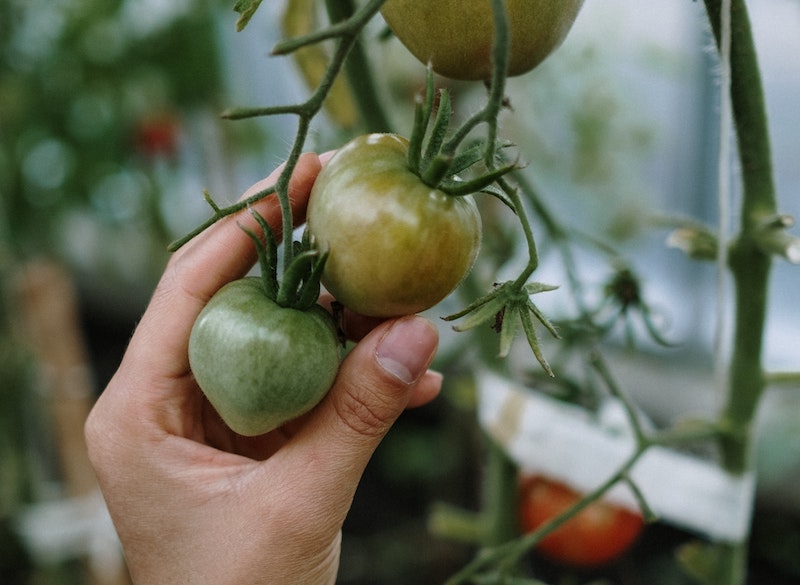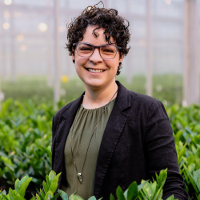There is nothing that quite compares to eating a vegetable that you have grown yourself. Perhaps it is pride that gives that tomato its special sweetness, or maybe the extra effort that makes even the most oddly shaped carrot taste so delicious. Regardless, if you are considering growing a vegetable garden this year and looking for some tips and tricks to ensure your plants’ success, you have come to the right place! Whether you are planning out a few garden beds or just sticking to a pot or two of choice vegetables, there are a few important things to consider. While location requirements, growing conditions, and care may vary from plant to plant, taking the time to understand what makes vegetables tick can help make the growing process more enjoyable for both you and your plants.

Planting Vegetables
Location is perhaps the most important aspect of growing vegetables. For the majority of vegetables, such as the nightshades (tomatoes, peppers, eggplant), cucurbits (cucumbers, pumpkins, squash), and brassicas (cauliflower, broccoli, brussel sprouts), sunlight needs to be sufficient. Without at least 6 hours of sunlight, many plants cannot produce enough energy to support not only flower production but fruit production as well (yes, some vegetables are technically fruits). If you only have 3 hours of sun in your garden, you may be limited to growing lower-energy leafy plants such as lettuce, chard, and collards.
Another important thing to consider when growing vegetables is soil. Nutrient-rich, healthy, well-draining soil is a must for most vegetable growing. Soil that lacks essential nutrients can seriously impact the health of your plants. In a typical garden bed, you will want to amend your existing soil with soil conditioner, compost, or manure, or replace your soil with high-quality garden soil to support veggie growing.

It can be tempting to plant as many seeds in one garden bed as possible when starting off. After all, isn’t the point of growing a garden getting as many vegetables as possible? Plant spacing, however, can have a big impact on your success with veggies. Allowing plants the proper room to grow will increase the amount of sunlight they get, lower competition for water and nutrients, and even lead to higher yields in the end.
Lastly, it is vital to plant your vegetables at the right time of year. Depending on where you are located, you may be able to start your vegetables directly in the ground in early spring. In colder climates, some vegetables can be started indoors in a seed tray and transplanted outdoors after a few weeks. In really warm regions, you may even have better luck growing vegetables in the winter! When in doubt, check your region’s last frost date and plan around that date before subjecting your plants to outdoor conditions.
Caring For Vegetables
There are definitely some vegetables that benefit from more consistent attention and care than others. Certain tomatoes, for example, may require frequent pruning and scouting (checking for pests) to allow them to live their best life. Carrots, radishes, and some leafy vegetables, however, can be left alone to do their own thing for the season until they are ready for harvesting. It is a good idea to take maintenance into consideration when choosing vegetables. Even when choosing plant-it-and-leave-it plants like garlic, plan to spend at least a few minutes a day in your garden for watering, pruning, weeding, scouting, and harvesting. Always check the growing conditions of your plants to make growing them easier on both you and the plant – you don’t want to be fighting against nature for months!
Watering Vegetables
How much and how frequently to water a vegetable garden is going to depend on the type of vegetables you planted, how established your plants are (i.e. age), the amount of sunlight they get, where they are located (e.g. raised bed, in the ground, containers, etc.), weather (e.g. wind, temperature, rain), and soil type. In general, vegetable gardens need about 1 inch of water a week. This means watering deeply at least three times a week for established plants, perhaps as often as once a day in the hottest and driest periods. You will typically water about twice a day for seedlings, as they do not have as many roots that can search for water just yet. You can always rely on touch to determine the dampness of your soil, which will help when you are determining if you are over- or under-watering. After you water, you want your soil to be damp at least 5-6 inches below the surface, even after it rains. You should also water in the morning if possible to prevent water loss through evaporation and lower the risk of spreading fungal diseases.
Fertilizing Vegetables
There are many different types of vegetable fertilizers on the market for a reason. The main components of fertilizers are nitrogen, phosphorus, and potassium – NPK – plus micronutrients such as calcium, magnesium, boron, iron, and many more. Each of these are vital for specific functions of plant growth. Vegetables that come from flowers (botanically these are fruits, like tomatoes, peppers, cucumbers, squash – anything with seeds inside of them) need nutrients that support flower and fruit growth, such as phosphorus, potassium, calcium, and magnesium. True vegetables that come from vegetative growth (think lettuce) fare better with fertilizers that are equal parts nitrogen, phosphorus, and potassium, since nitrogen primarily supports green, vegetative growth. Root vegetables, like carrots and turnips, however, need fertilizers that support root growth and are higher in phosphorus and potassium. Ultimately, it is a good idea to do a bit of research into what fertilizers will benefit your vegetable plants rather than applying the same fertilizer to every plant. And remember: it is possible to over-fertilize, so always follow application instructions!
Growing Vegetables In Pots
If you are working with little space, say a small apartment balcony, it is possible to still get those fresh homegrown vegetables you crave. Determinate tomatoes (bush types), lettuce, chard, pole beans, and potatoes are just a few plants that do well in large pots. When growing vegetables in containers, remember that they will dry out faster than plants in a garden. In hotter climates, take care when choosing a location for your potted plants; cement, blacktop, and the sides of buildings all hold heat, which can lead to soil drying out even faster and can even burn roots and leaves. In addition, because you will likely be watering your vegetable plants more often, they may need fertilizer more often as well, to replace the nutrients that wash out of the soil over time.

Harvesting Vegetables
Whether buying seeds or a potted seedling, read the information about harvest to determine how many days it will take for your vegetables to be ready to pick. Some vegetables, like cabbage and corn, will only produce one crop before they are finished. Others, like lettuce, some tomatoes, and squash, can be harvested repeatedly, sometimes for months. There are tips to know when vegetables are ready for harvest. For example, tomatoes will be brightly colored and will pop off the vine without much effort. Others, like zucchini and squash will need to be harvested when they are smaller, usually about six inches long, so that they don’t become too fibrous and lose their flavor.
 |
Author Lynn Gusman - Published 3-05-2023 |
